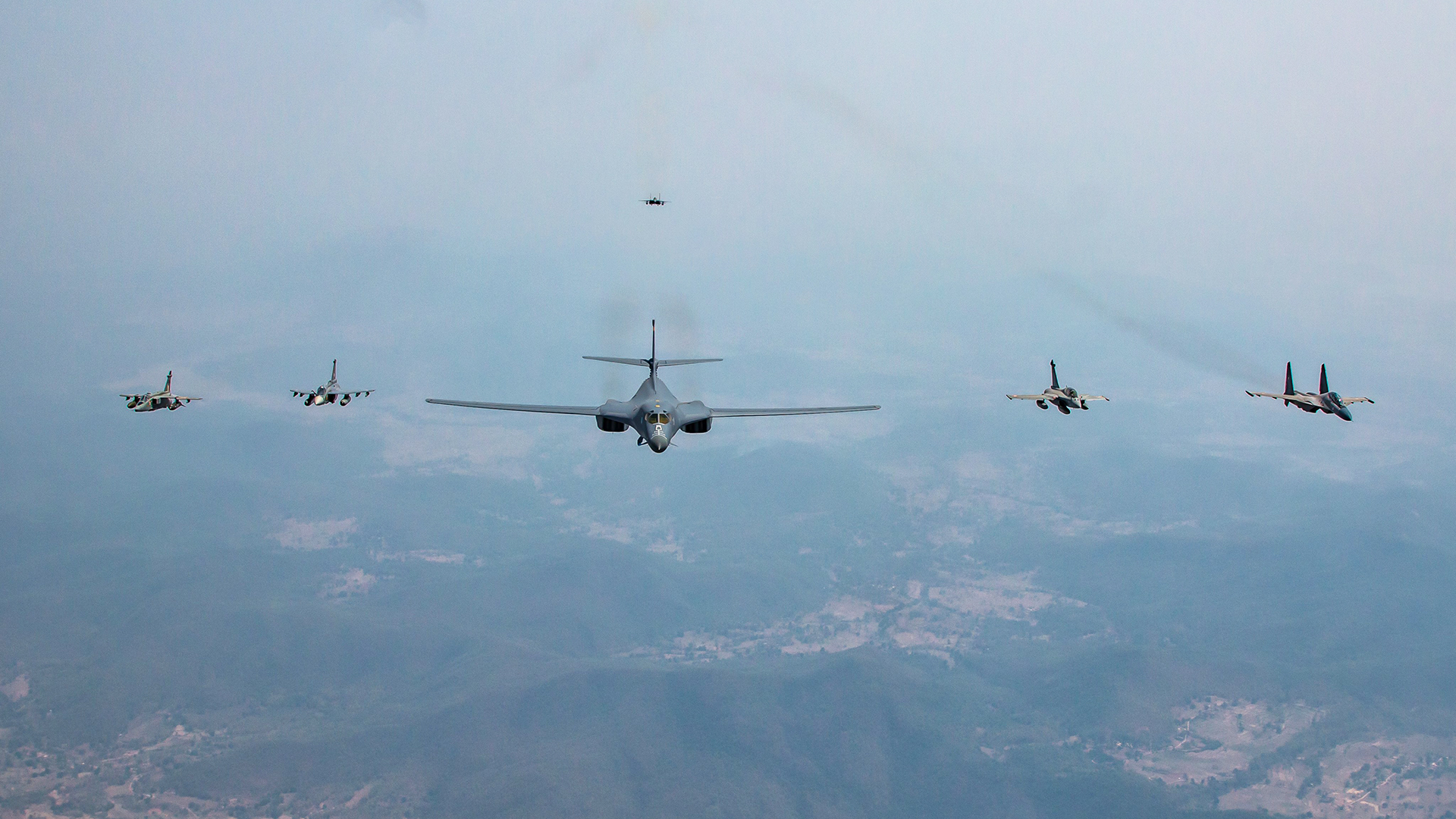B-1B bombers of the U.S. Air Force are making their debut in the latest iteration of the Cope India bilateral air exercise, being held at Kalaikunda Air Force Station in the state of West Bengal, eastern India. Other U.S. Air Force assets are involved in the maneuvers, too, alongside an impressive selection of Indian Air Force (IAF) types, including no fewer than four different fighter jets: Dassault Rafale, HAL Tejas, SEPECAT Jaguar, and Su-30MKI Flanker.
The air combat phase of Exercise Cope India 23 began at Kalaikunda on April 13 and will run until April 24. It was preceded by an air mobility component, which involved C-130J Hercules transports from both air forces, plus C-17A Globemaster III transports and MC-130J Commando II combat transport/special operations tankers from the U.S. Air Force.
As well as two B-1Bs from Ellsworth Air Force Base, South Dakota, the U.S. Air Force contingent at Kalaikunda includes F-15E Strike Eagles, from Seymour Johnson Air Force Base, North Carolina, which are currently temporarily based at Kadena Air Base, Japan. Additional IAF assets include more C-130Js. The service also notes the participation of undisclosed IAF aerial refueling aircraft and airborne early warning and control aircraft — presumably the Il-78MKI Midas tanker and the A-50EI Mainstay and/or EMB-145 Netra radar planes.
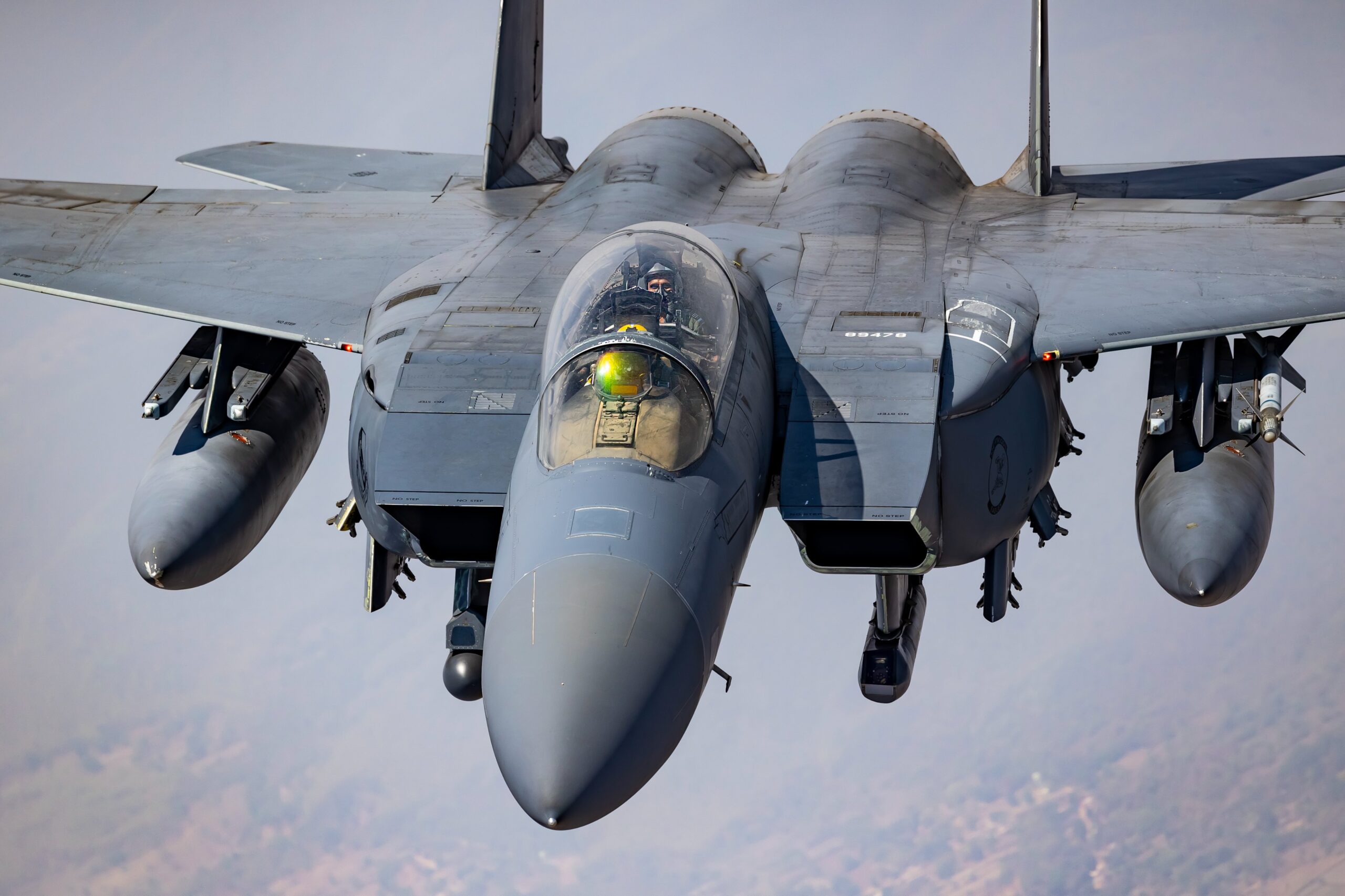
While Cope India is traditionally a bilateral exercise involving the U.S. Air Force and IAF, on this occasion, personnel from the Japan Air Self-Defense Force (JASDF) are also on hand, in an observer capacity, typically a precursor to deeper involvement.
The particular types of missions that are being practiced have not been announced but the air combat phase of Cope India typically involves dissimilar air combat training (DACT). With that in mind, the U.S. Air Force’s B-1Bs and F-15Es are very likely conducting mock aerial engagements against at least some of the IAF fighters involved in the drills.
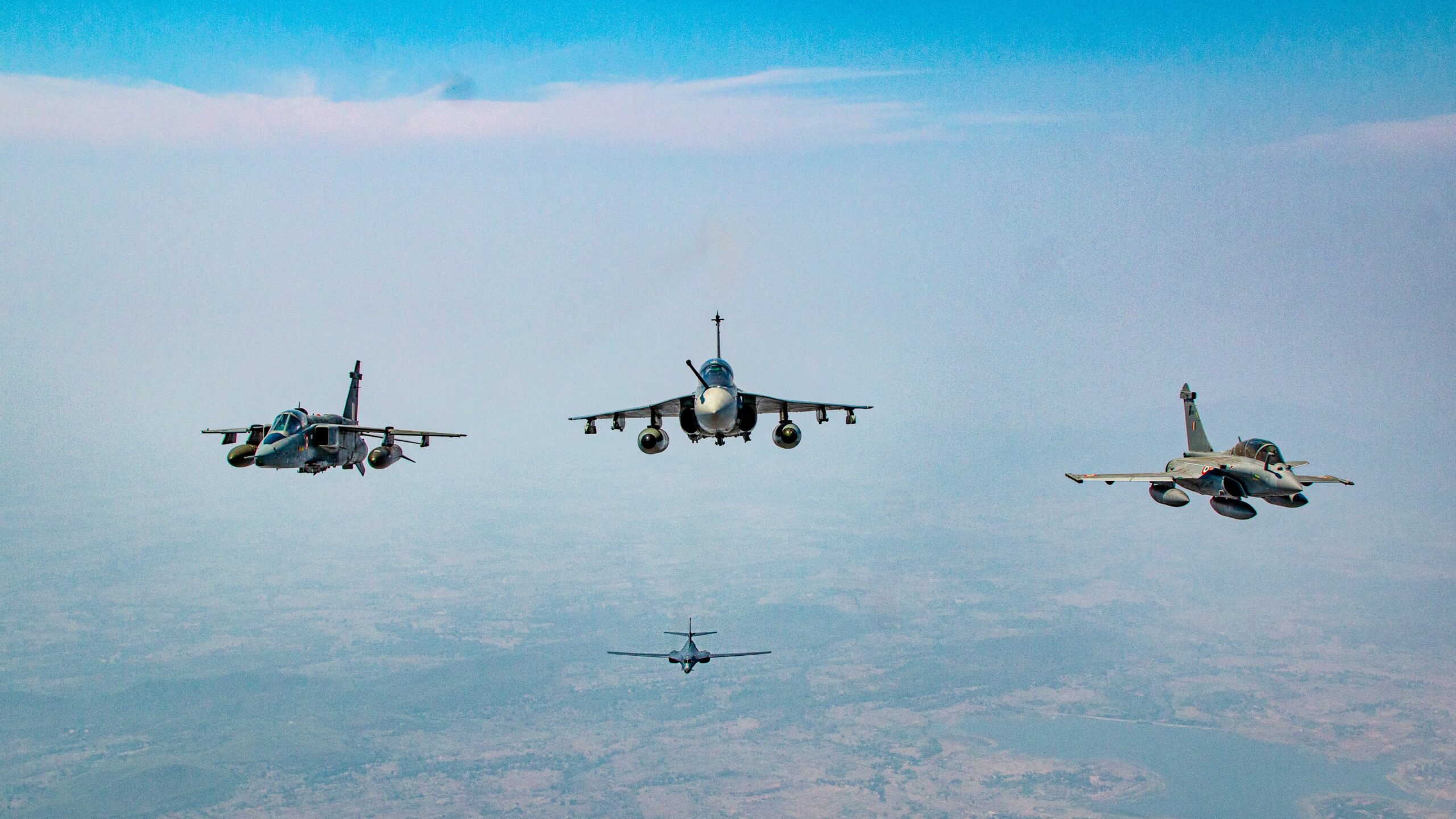
The professionalism offered by the IAF’s fighter force is something that U.S. Air Force commanders have remarked positively upon in past Cope India exercises. In the last exercise before this one, in 2018, Col. Darryl Insley, 13th Air Expeditionary Group commander, remarked, “Their capabilities are equal to how we operate.”
Overall coordination of the exercise is handled by the IAF’s Tactics & Combat Development Establishment (TACDE), responsible, among other things, for providing high-end combat training to Indian fighter pilots.
Cope India first took place in 2004, at the TACDE’s home base, Gwalior Air Force Station in the central Indian state of Madhya Pradesh. That first edition of the exercise gained widespread attention amid reports that the IAF’s upgraded MiG-21s, known as Bisons, were able to repeatedly defeat F-15C/Ds in mock combat. The exercise was held sporadically since then, including a four-year hiatus primarily as a result of the COVID-19 pandemic.
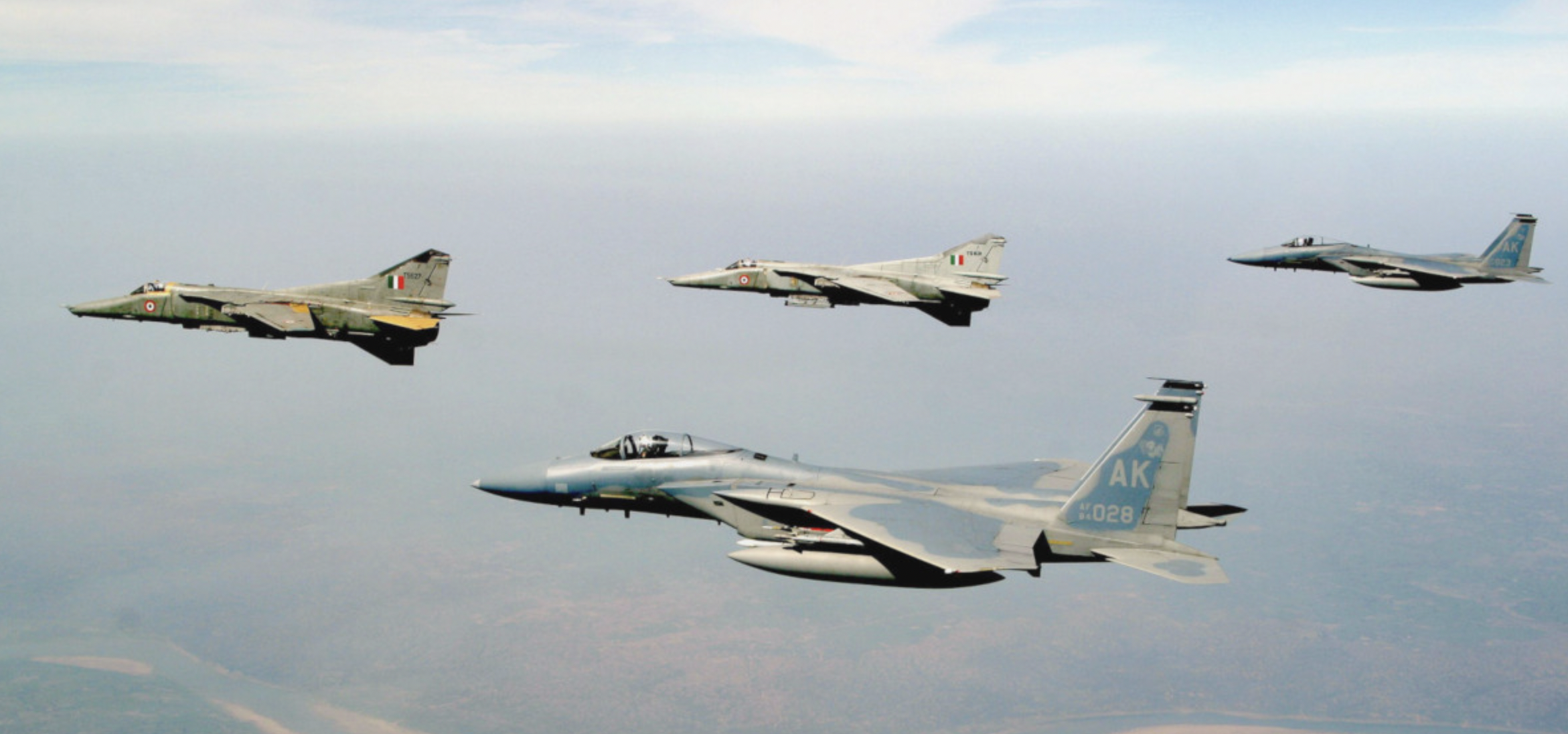
Among the IAF fighters, the Tejas and the Rafale are making their Cope India debuts in the 2023 exercise.
The Tejas is India’s home-grown fighter and the product of a much-delayed development program that’s finally beginning to yield positive results. The initial Tejas Mk 1 version is in operational service with the IAF, with the improved Tejas Mk 1A now undergoing flight testing.
As for the Rafale, The War Zone documented the arrival in India of the first examples of these French-made jets back in 2020 and the last of the initial batch of 36 of the multirole fighters ordered by New Delhi arrived in the country late last year.
Interestingly, one of the official photos from the exercise released by the IAF provides an excellent view of the infrared search and track (IRST) sensor — currently unique to the Indian version of the Rafale. The IRST ‘ball’ can be seen on the left in the below image, with the existing Front Sector Optronics (FSO) system on the right. This uses a laser rangefinder to detect and track air, sea, and ground targets, as well as a TV sensor for target identification.
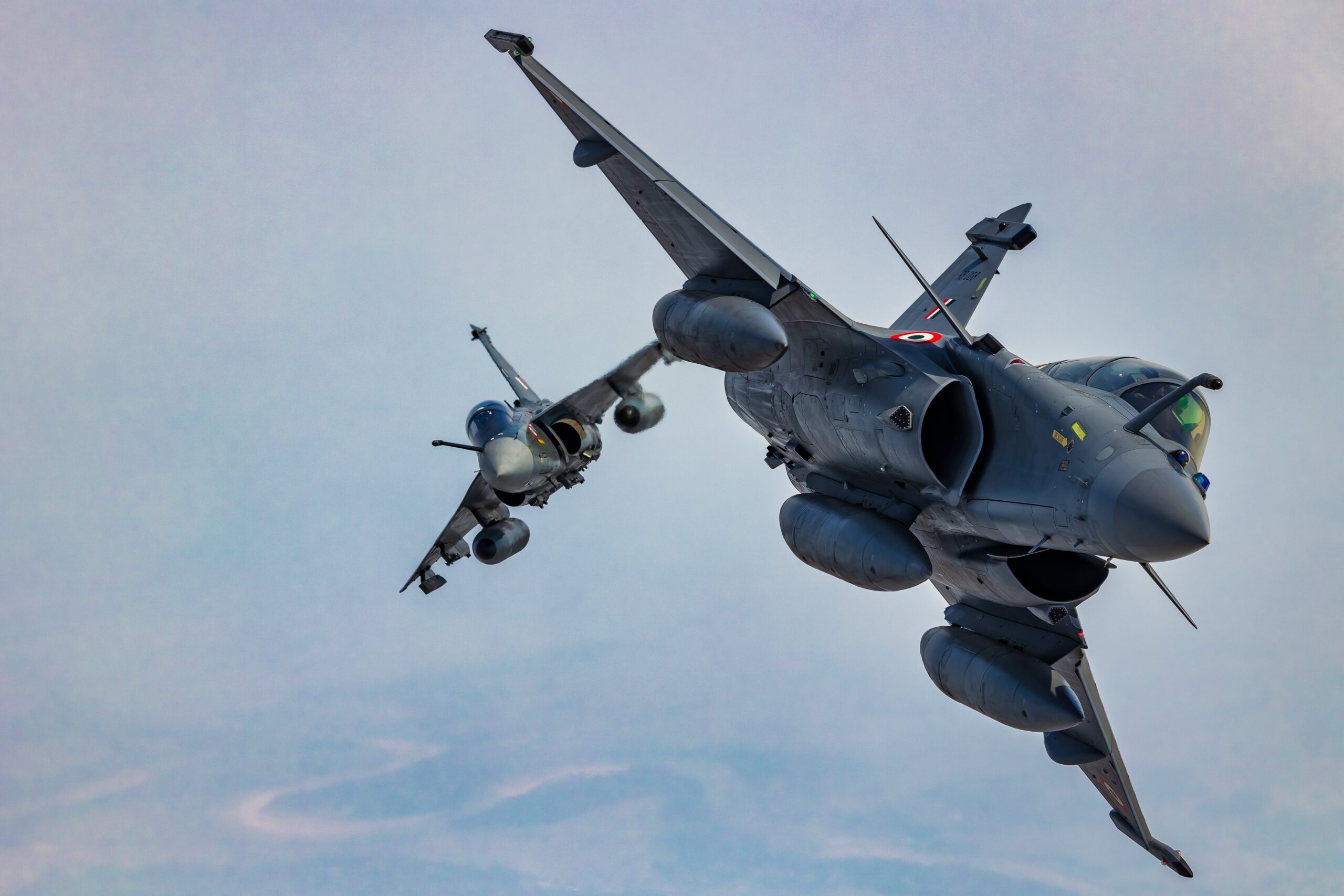
Compared to the basic configuration, the IRST provides the Rafale with a significant advantage for detecting and tracking airborne targets and the sensor can be used in conjunction with the radar, or independently, with the advantages that a fully passive system brings. Now that the IRST has been proven on the Indian Rafale, the same sensor is being introduced as an option on the latest Standard F4.1 version of the aircraft, which began to be delivered earlier this year.
The opportunity to go up against the 3D thrust-vectoring Su-30MKI — although by now a known quantity in U.S.-Indian exercises — remains valuable, especially when different versions of the Flanker make up the backbone of fighter capabilities for both the Chinese People’s Liberation Army and the Russian Aerospace Forces. Opportunities for learning of this kind go both ways, of course, and pitting its Su-30MKIs against advanced Western fighter jets is also of considerable use to the IAF.
On the U.S. side, while B-1Bs have visited India before to take part in the biennial Aero India airshow, including in February this year, this is their first time in an exercise in India.
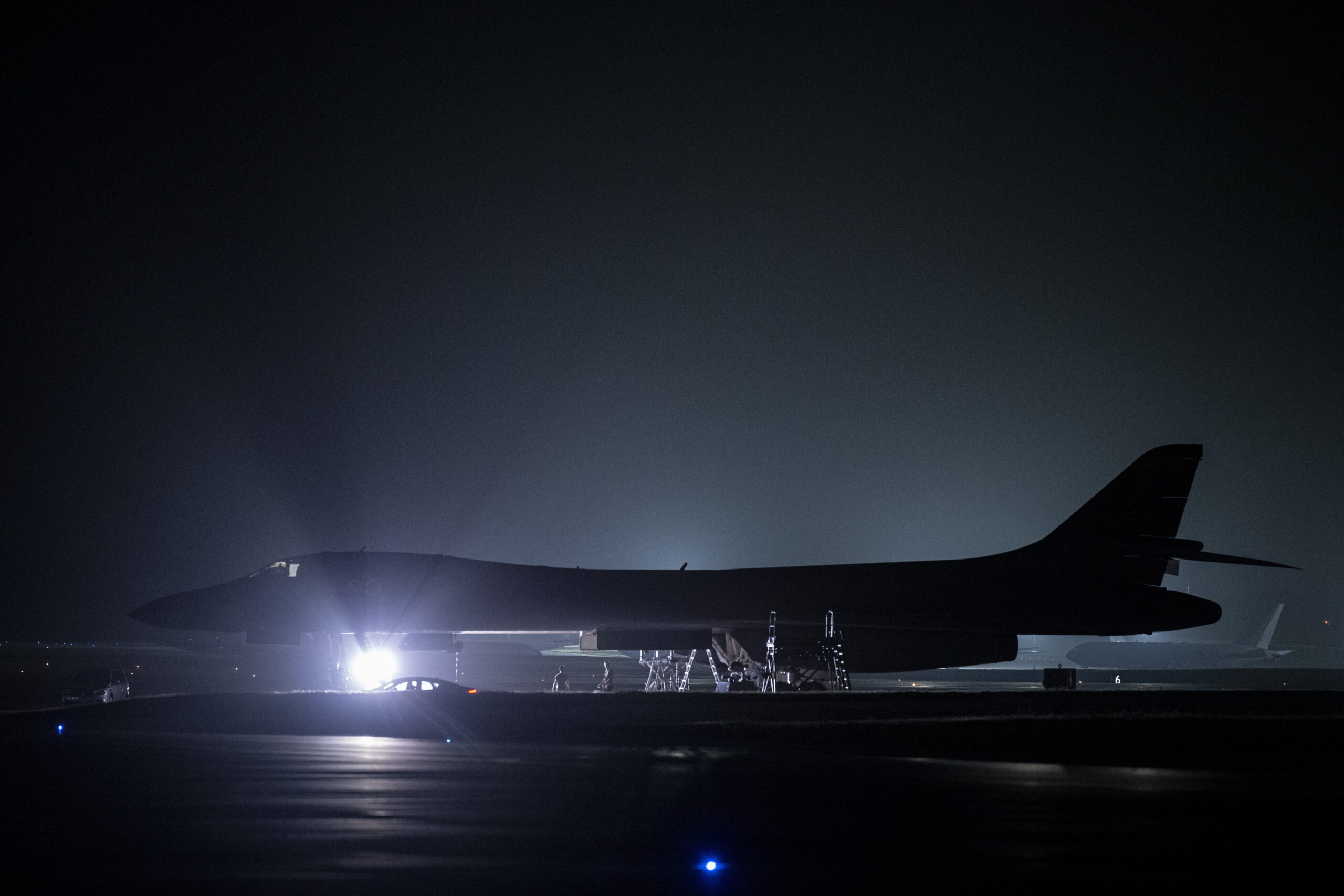
After a long pause, the swing-wing long-range bombers are becoming a more regular sight in the Asia Pacific theater more generally, with their Bomber Task Force rotations including regular joint training with the air forces of Japan and South Korea. These drills have been stepped up of late, at the same time as North Korea has increased the regularity and intensity of its missile tests.
As well as the obvious signaling potential of the B-1B in exercises of this kind in the region, their presence also suggests the Lancers and supporting assets are training for long-range strike scenarios, too, with the drills apparently having a more offensive nature than in the previous rounds of the exercise. Giving the IAF the opportunity to practice defensive tactics against long-range strikes, of the kind that could potentially be launched by China, in a future large-scale confrontation, may be one of the scenarios being played out. But equally important for India, without any long-range bombers of its own, is likely the chance for IAF fighters to provide escort to the B-1s.
It’s notable, too, that the F-15Es at Cope India were also already in the region as part of the U.S. Air Force’s posture in the Pacific. The Strike Eagles, from the 4th Fighter Wing, normally based at Seymour Johnson Air Force Base, arrived at Kadena Air Base earlier this month. The 12 jets are temporarily deployed to the Okinawan base, assuming duties from the F-16s deployed there from Spangdahlem Air Base in Germany. Also temporarily deployed at Kadena are F-35A stealth fighters from Eielson Air Force Base in Alaska. These rotations are part of the continued fighter presence at Kadena following the withdrawal of that base’s permanently deployed F-15C/Ds, which have now returned to the United States to be redistributed to other units or retired from service.
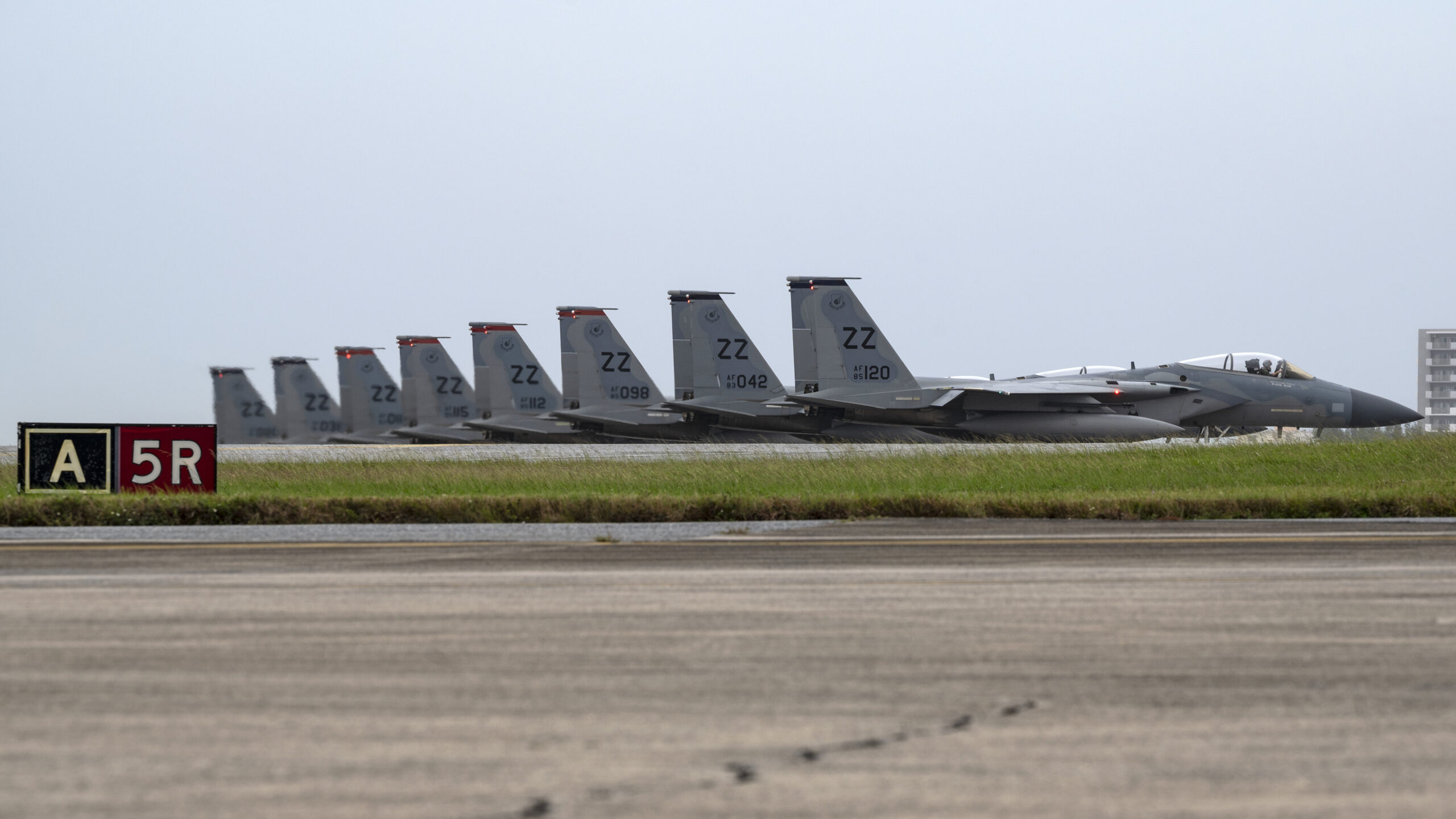
India, too, is seen as playing an important part in Washington’s Asia Pacific strategy, especially when it comes to facing off against an ever more powerful Chinese military that’s backed up by increasingly bellicose rhetoric from officials in Beijing. For India, concerns around Chinese military activities are heavily focused on the ongoing confrontation in the Ladakh region, administered by India but the subject of dispute between India, Pakistan, and China since 1947.
Closer U.S. relations with India are also seen as another way of freezing out Russia — which has had traditionally strong military ties with India — in response to its invasion of Ukraine.
There is another aspect to the U.S. Air Force’s expanding relations with India, namely the IAF’s ongoing search for new fighter jets. The F-15EX — which has its roots in the U.S. Air Force’s F-15E — is being offered to the IAF to meet its requirement for 114 fighters, with the Rafale and the F/A-18E/F Super Hornet also in the running. The competition appears wide open, with the Indian-specific F-21 configuration of the F-16 also in the running, together with other potential candidates from Europe and Russia.
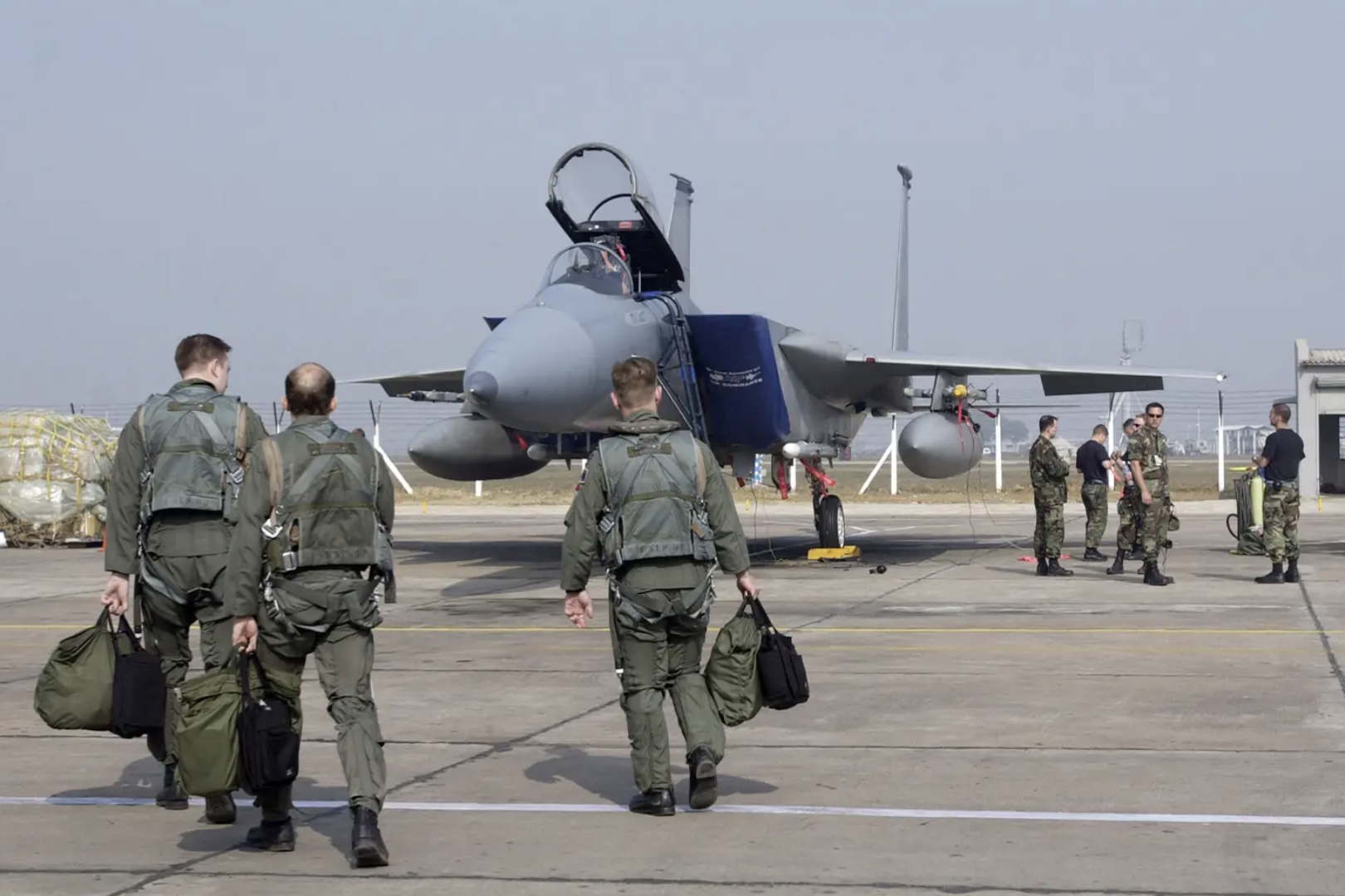
In the past, U.S. Air Force commanders have called for Cope India exercises to take part on a more regular basis than the previous ad-hoc approach. With shared and growing concerns around China, and with increasing military cooperation between the United States and India one probable result of that, Cope India may well become a more regular occurrence in the future.
Thanks to Mena Adel for their assistance with this article.
Contact the author: thomas@thedrive.com
